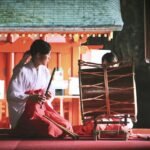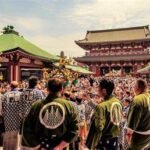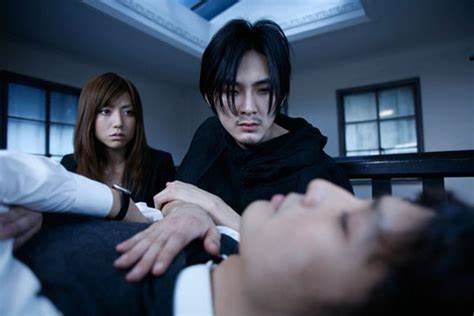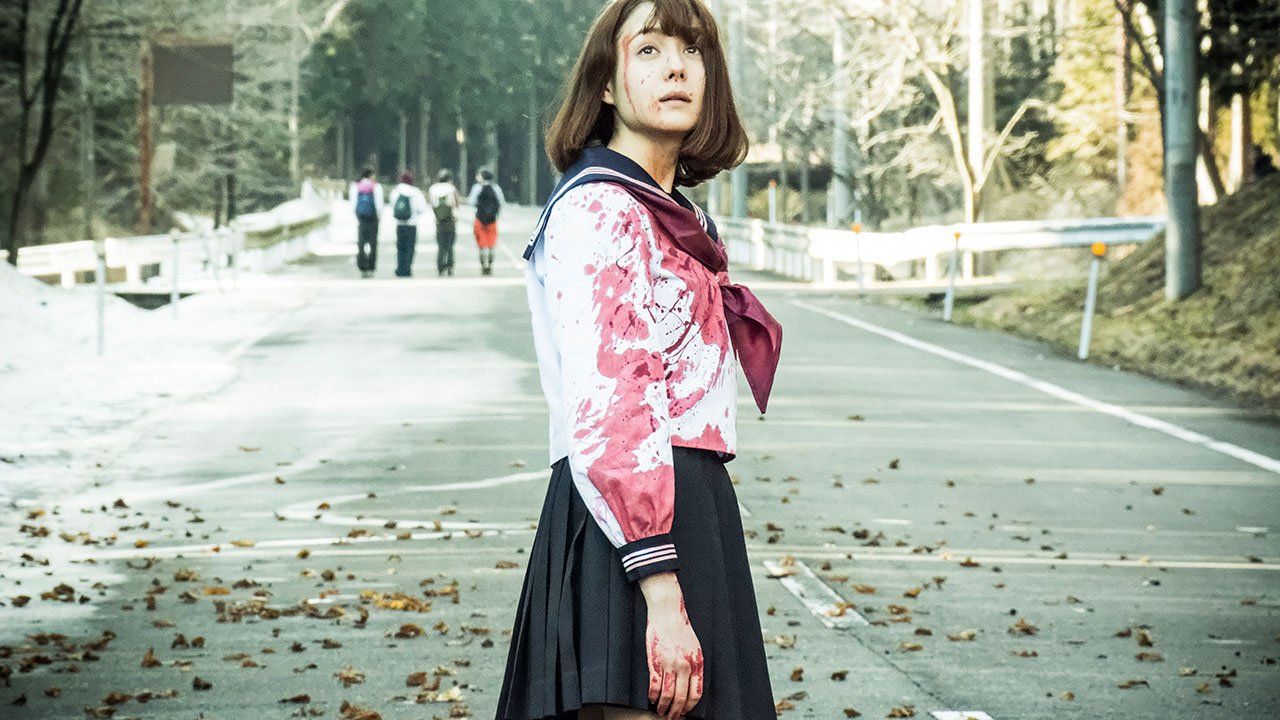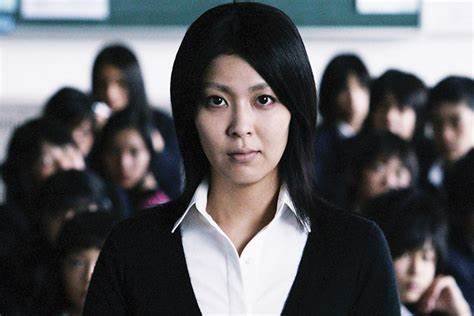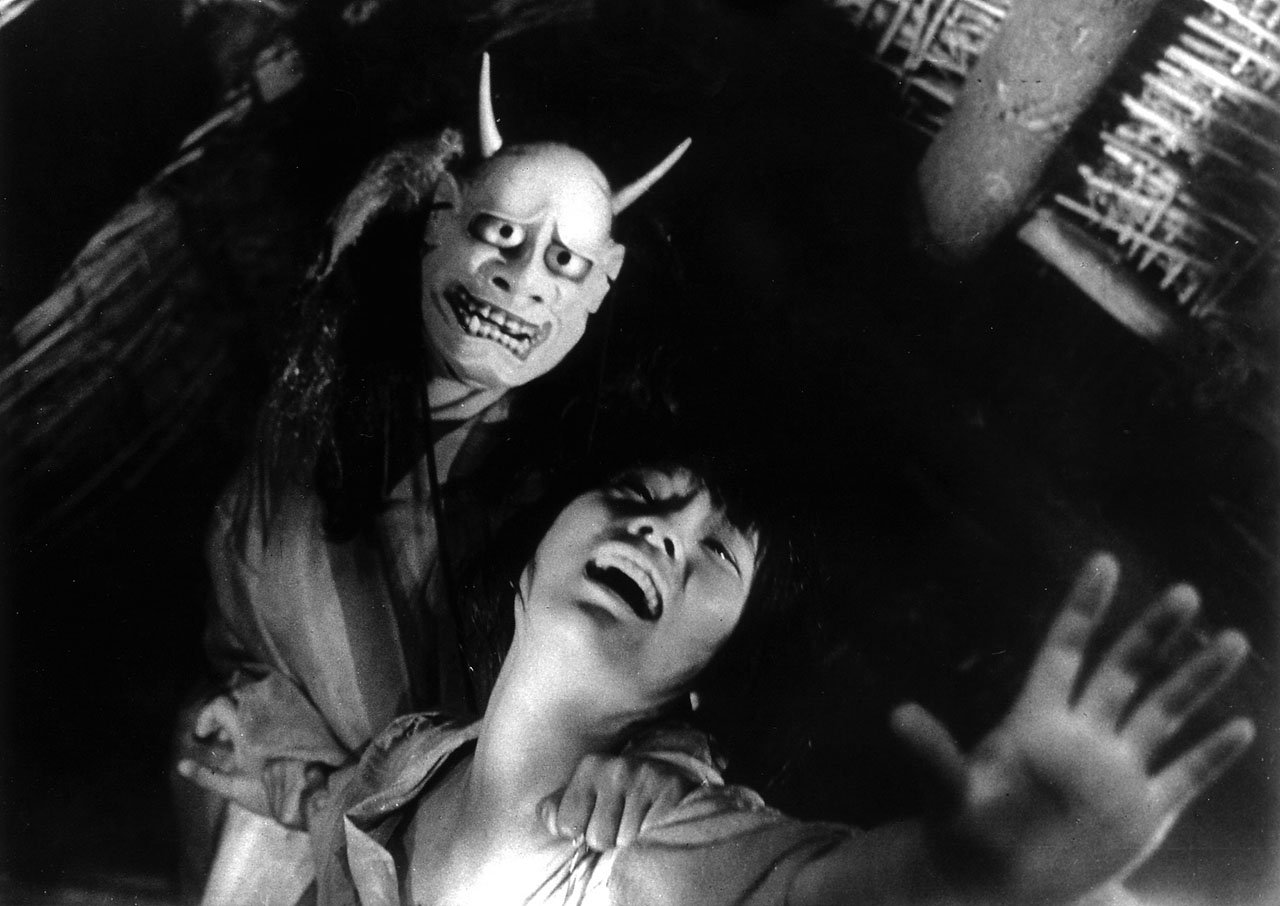Japanese horror films are renowned for their chilling and atmospheric depictions of the supernatural, often deeply rooted in folklore and superstition. These cultural elements not only enrich the narrative but also intensify the sense of dread and unease. This article explores how folklore and superstition play a pivotal role in Japanese horror films, influencing storytelling, character development, and the overall horror experience.
Integration of Traditional Folklore
Japanese horror films frequently draw from a rich tapestry of traditional folklore, incorporating mythological beings, supernatural events, and ancient beliefs. Creatures like the yūrei (ghosts), kappa (water spirits), and tengu (mountain goblins) are common in these films, reflecting a deep connection to Japan’s cultural heritage. Films such as The Grudge and Ringu integrate these folkloric elements to create a unique and authentic horror experience.
These traditional elements often serve as the foundation for the supernatural occurrences in the films. The stories of vengeful spirits and cursed objects are not just for shock value; they are deeply embedded in the cultural consciousness, making them resonate more profoundly with both Japanese and international audiences.
Cultural Significance of Superstitions
Superstitions play a significant role in Japanese horror, influencing characters’ behaviors and the narrative’s development. Practices such as omamori (protective charms), exorcisms, and rituals to appease spirits are commonly depicted. For instance, the concept of “onryō,” or vengeful spirits, is a central theme in many Japanese horror films, embodying the fear of restless souls seeking revenge.
These superstitions are not merely plot devices but reflect broader societal fears and anxieties. They illustrate how deeply ingrained cultural beliefs influence perceptions of the supernatural and contribute to the psychological impact of the horror.
Hauntings and Cursed Objects
Cursed objects and haunted locations are prominent themes in Japanese horror films, often derived from folklore and superstition. Objects like cursed videotapes in Ringu or haunted houses in Ju-on are central to the narrative, embodying the fear of the unknown and the consequences of tampering with the supernatural.
These elements tap into the universal fear of inanimate objects or places carrying malevolent forces, but with a distinct cultural twist. The portrayal of these objects often incorporates traditional symbols and practices, enhancing their eerie presence and significance within the story.
Symbolism and Rituals
Japanese horror films frequently use symbolism and rituals derived from folklore to build atmosphere and convey deeper themes. Rituals such as purification ceremonies, ancestral worship, and offerings to spirits are depicted in films to create a sense of authenticity and connection to cultural practices.
For example, the use of ritualistic elements in The Ring underscores the idea that disturbing the spiritual balance can have dire consequences. These rituals and symbols are not just decorative but serve as crucial elements that drive the narrative and enhance the horror experience.
Exploration of Social and Psychological Themes
Folklore and superstition in Japanese horror films often serve as metaphors for societal and psychological themes. The portrayal of vengeful spirits or cursed objects can symbolize unresolved trauma, social anxieties, and collective fears. By weaving these elements into the narrative, the films offer a commentary on contemporary issues through the lens of traditional beliefs.
Films like Noroi and Kairo use folklore and superstition to explore themes of isolation, existential dread, and the impact of modernity on traditional beliefs. The supernatural elements become a vehicle for examining deeper psychological and social concerns, making the horror experience more layered and impactful.
Influence on Global Horror Cinema
The incorporation of folklore and superstition in Japanese horror films has significantly influenced global horror cinema. The unique cultural elements and storytelling techniques have inspired filmmakers worldwide. Therefore leading to a greater appreciation for the diversity and richness of horror traditions.
Western adaptations of Japanese horror films, such as The Ring and The Grudge, have brought these folkloric elements to international audiences, showcasing the power of cultural traditions in crafting effective horror. The success of these films has led to a broader interest in exploring diverse horror traditions and incorporating similar elements into global cinema.

Conclusion
Folklore and superstition play a crucial role in Japanese horror films, shaping narratives, characters, and thematic exploration. By integrating traditional beliefs and cultural practices, these films create a unique and immersive horror experience that resonates deeply with audiences. The influence of Japanese horror on global cinema underscores the power of cultural storytelling in crafting compelling and unsettling narratives. Through its rich incorporation of folklore and superstition, Japanese horror continues to captivate and terrify audiences around the world.


